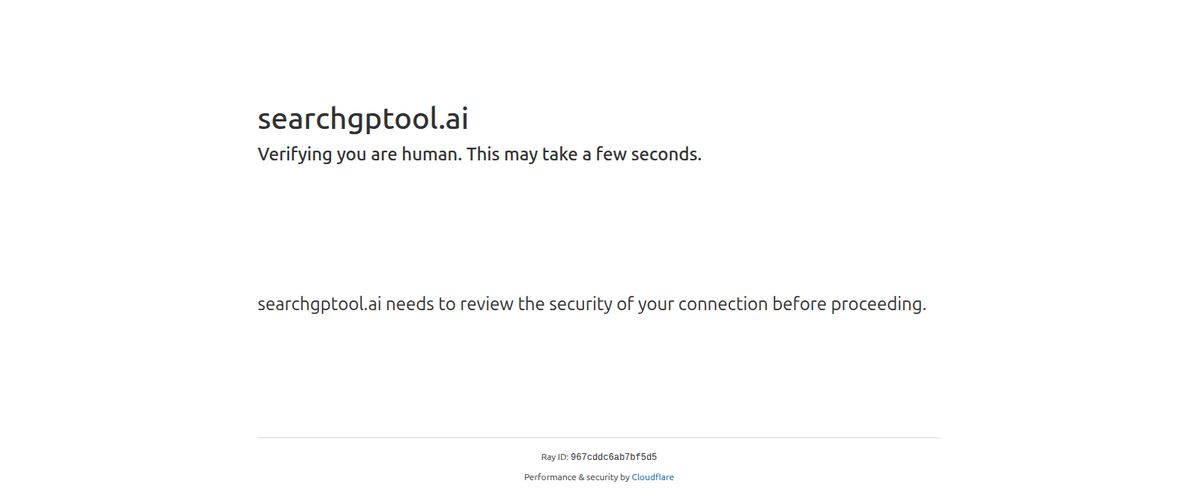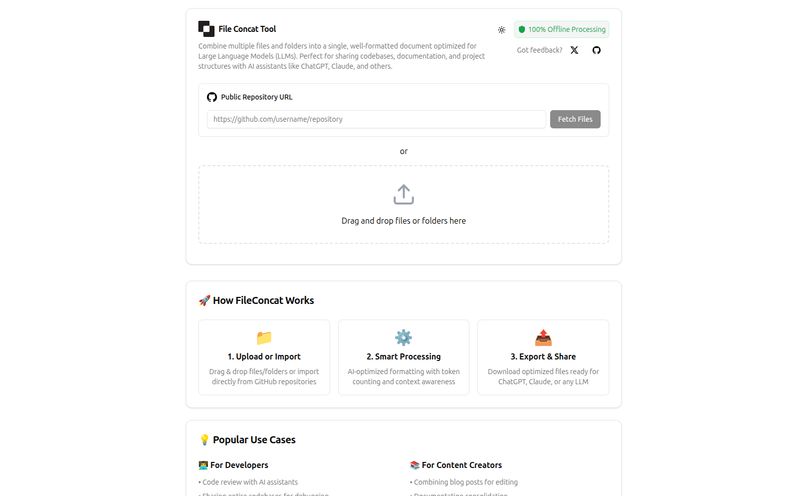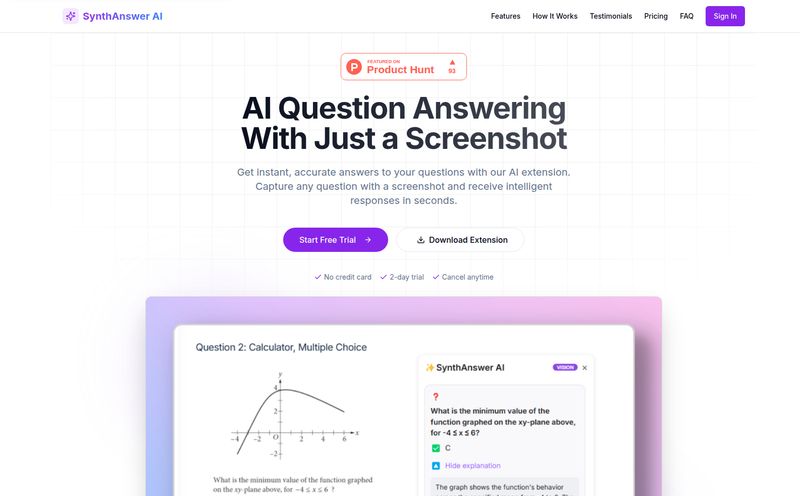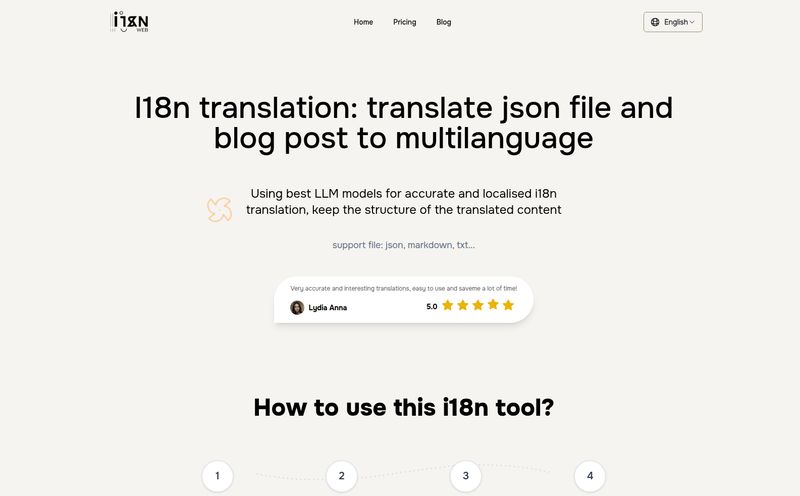If you're a creative, a marketer, or anyone who dabbles in the wild world of generative AI, your downloads folder is probably a disaster zone. I know mine is. It's a digital landfill of half-baked ideas, stunning visuals, and about a thousand files named final_v2_final_final.png. Every time I open Midjourney or DALL-E, I'm adding to the chaos. It’s like a digital shoebox, but instead of old photos, it’s filled with photorealistic astronauts riding unicorns. And finding anything? Forget it.
For years, we've been trying to shoehorn our modern, visual-heavy workflows into tools that were built for spreadsheets and text documents. Dropbox, Google Drive... they're fine. They're the vanilla ice cream of cloud storage. But they have no idea what's inside our images. They just see filenames. That's why when I first heard about a tool called Poly, my ears perked up. This isn't just another folder in the cloud. It promises to be something different. Something smarter.
What Exactly Is Poly? And Why Should You Care?
Poly bills itself as an 'intelligent cloud image browser' built specifically for the generative age. That’s a mouthful, but the key word there is intelligent. Instead of just storing your files, Poly actually tries to understand them. It’s designed from the ground up for people who generate, collect, and need to find visual assets without losing their minds.
Think of it this way: traditional cloud storage is like a giant, dusty warehouse full of unmarked boxes. You know your stuff is in there somewhere, but you have to open every single box to find what you need. Poly is more like a modern art gallery with a brilliant curator who knows every piece by heart. You can just walk up and ask, "Where's that dark, moody photo of a city in the rain?" and they'll point you right to it.
In my experience, the biggest bottleneck in the creative process isn’t a lack of ideas—it’s the friction of finding and organizing the assets to bring those ideas to life.
This is the problem Poly is aiming to solve. It’s a dedicated space for your visual library that doesn't treat your brilliant creations like random, meaningless data.
The Magic Wand Feature: AI-Powered Search
This is the absolute showstopper. The reason we're all here. Poly’s search isn't based on filenames or the folder you vaguely remember putting something in three months ago. It uses multimodal AI to let you search with natural language. That means you can literally type what you're thinking.
Imagine searching for:
- "A watercolor painting of a fox in a forest"
- "All my logos with a transparent background"
- "3D render of a futuristic chair, maybe in blue"
The system looks at the content of your files and finds them. This is a complete game-changer. It turns your chaotic mess of an asset library into a searchable, intuitive database. For anyone who’s ever spent 20 minutes searching for a specific image they know they have, this feature alone feels like a miracle. This is the kind of stuff we were promised the future would have, and its finally here.
More Than Just a Pretty Face: A Look at the User Experience
A tool can have all the fancy AI in the world, but if it's a pain to use, nobody will stick with it. Thankfully, the team behind Poly seems to understand this deeply. The entire interface is built for speed and visual browsing.
Browsing That Doesn't Make You Want to Cry
Ever tried to scroll through a folder with a few hundred high-res images on a standard cloud drive? The laggy thumbnails, the slow-to-load previews... it's agonizing. Poly tackles this with what they call a "waterfall view," designed to let you smoothly navigate thousands of files at once. The previews are described as "lightning-fast," with pan and zoom capabilities that don't make you wait. It's a small detail, but one that shows a deep understanding of a visual professional’s workflow.

Visit Poly
Built for How We Actually Work
Poly also packs in a bunch of features that just make sense for a creative workflow. There's a dedicated browser plugin that lets you auto-import your creations directly from generative tools. This is huge. No more manually downloading from Discord and re-uploading to your drive. It's a direct pipeline from creation to organization.
Beyond that, you get the features you’d hope for in a modern app: real-time collaboration and public sharing links for client feedback, a notes section for jotting down ideas next to an image, and even a split view for comparing two visuals side-by-side. These aren't just bells and whistles; they are thoughtful additions that remove friction from the day-to-day grind. You can even perform batch actions and simply drag-and-drop entire folders to get started.
Let's Talk Brass Tacks: The Good, The Bad, and The Waitlist
No tool is perfect, of course. While I'm genuinely excited about Poly's potential, we have to be realistic. The biggest pro is obvious: the AI search and the creator-centric design could fundamentally change how we manage our digital assets.
However, there are a few things to keep in mind. First, Poly is currently in a waitlist phase. You can't just sign up and start using it today. While this builds hype, it's also a bit of a bummer if you need a solution right now. My advice? Get on the waitlist. It's better to be in line than to miss out when the doors open.
Second, it's a cloud-based platform. This means you're reliant on their servers and an internet connection. For most of us, that’s standard practice, but it's something to be aware of. Lastly, with any powerful tool, there might be a bit of a learning curve to master all the advanced features. But from what I've seen, the basics look incredibly intuitive.
How Much Will Poly Cost?
This is the million-dollar question, isn't it? As of now, there is no public pricing information available. This isn't surprising for a tool that's still on a waitlist. I would speculate that we'll see a tiered model, perhaps a free tier with limited storage and a few paid tiers for professionals and teams that offer more storage and advanced features. This is a pretty common strategy and would make a lot of sense here. For now, we'll have to wait and see. Your best bet is to sign up on their website to get notified.
Frequently Asked Questions About Poly
Is Poly a replacement for Dropbox or Google Drive?
It could be, but I see it more as a specialized tool. You might still use Google Drive for documents and spreadsheets, but Poly would become your go-to hub for all your visual assets. It's less of a general file cabinet and more of a specialized, intelligent media library.
What kind of AI does Poly use for search?
Poly uses what's known as multimodal AI. This means the AI can understand different types of data at once—the image itself, the text in your search query, and file metadata—to give you incredibly accurate results.
How does the browser plugin for generative tools work?
While specifics aren't fully detailed, it would likely add a button or context menu option on websites like Midjourney or other AI art generators. When you create an image you like, you could click this button to save it directly to your Poly library, bypassing the need to download and re-upload it.
Can I use Poly for my team?
Yes, absolutely. The platform is built with collaboration in mind, offering features like real-time updates and public sharing links, which are perfect for working with colleagues or getting feedback from clients.
When will Poly be available to the public?
There is no official public release date yet. The best course of action is to join the official waitlist on their website to be among the first to get access and receive updates.
Is Poly the Future of Creative Asset Management?
I'm an optimist, but also a pragmatist who's been burned by overhyped tech before. That said, Poly has me genuinely excited. The problem it's solving is so real, so painfully familiar to so many of us in the creative and marketing space. We're drowning in a sea of our own brilliant, disorganized creations.
A tool that not only stores our images but understands them feels less like an iteration and more like an evolution. If Poly can deliver on its promises—especially that magical AI search and seamless workflow integration—it won’t just be another app. It could become an indispensable part of the modern creative's toolkit. I, for one, am already on the waitlist, eagerly waiting to tame my digital shoebox once and for all.
Reference and Sources
For more information and to join the waitlist, you can visit the official website. As the platform is still in development, direct links to specific studies are not available, but the core information is based on the public-facing materials provided by the company at sites like usepoly.com.



